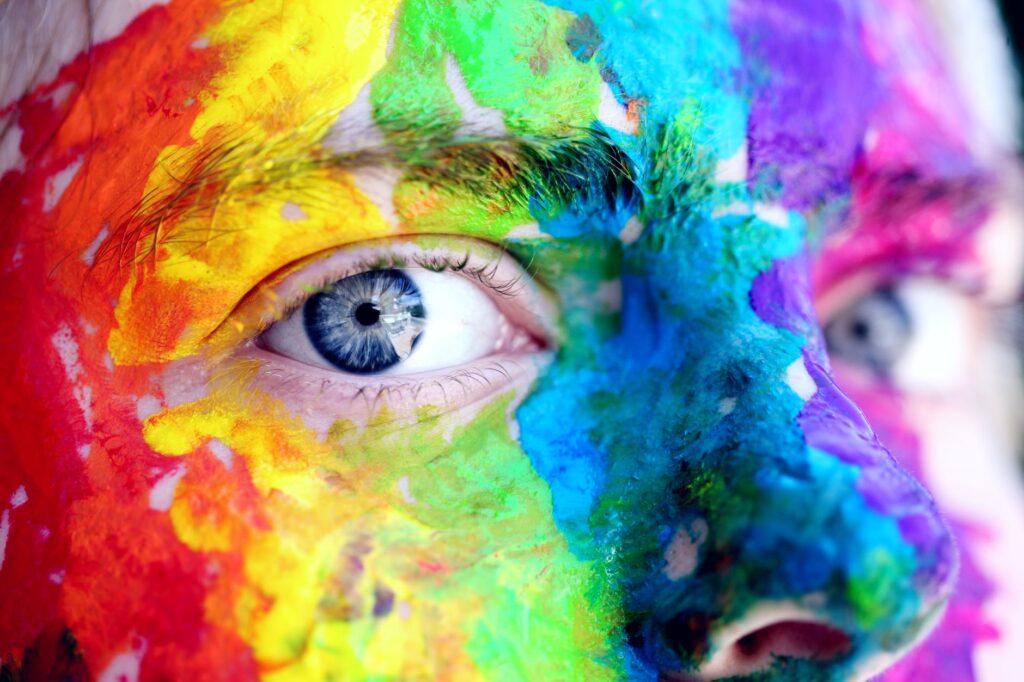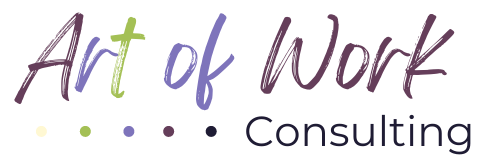The Secret Ingredient

Photo by Sharon McCutcheon on Pexels.com
Your work life should be more than a set of bullet points on your resume.
This is the heart of the reason I wanted to consider a new approach to work. One that takes art out of its traditional context and drops it into an unexpected environment, the business setting.
We spend countless hours at work. Those hours can be grueling, monotonous, challenging, rewarding, etc., depending on the environment you find yourself in. Finding purpose and satisfaction, even if you are making widgets all day, is key to enjoying your work and your life. It can be the impulse to propel you forward in your organization. It can help to create a more enjoyable work environment for yourself. It can inspire and positively influence those around you.
I am certainly not the first to consider how to make our work life more pleasing, but in this blog we will continue to explore ways to achieve satisfying and enriching experiences at work by utilizing concepts, tools, and metaphors from the artist’s world.
To get the juices flowing, consider this thought:
Artists make art because they are personally impelled to. They really can’t NOT do it. It is part of who they are as humans and it is how they inhabit the world. With this foundational premise in mind, let’s explore our topic a bit more.
The artist (actor, painter, writer, dancer, musician, poet, sculptor, architect, etc.) is most successful when bringing his unique take to each endeavor. This includes his personal perspective on the world around him, his passions, his problems, his humor or pain, his life experiences, and his inherent “humanness.” Even the actor, who in many cases may inhabit another’s work through the lines or the lyrics of the playwright or screenwriter’s story, still invariably invests herself into each work. For the duration of the play or film, the character’s story becomes the actor’s story — with all its ups and downs — as the plot unfolds. She also feels the requisite emotional highs and lows simultaneously with the character she is playing. As a former actor myself, I recall that when I was at my best, I would lose myself in the role and in the actions of the play. The character and I would have a shared experience.
With that premise in mind, if you are to be an artist in your workplace, what is the most important tool to bring to the table? The answer is wonderfully simple, it’s YOU. Your individuality, your original way of looking at things, the way you express yourself, your you-ness is precisely what is needed.
We can begin to put this into practice by acknowledging ourselves as individually important to our workplace. Why not use an artist’s metaphor here? Think of yourself as the brushstroke in the painting that, if left out, would leave the work (and your workplace) unfinished, unclear, and incomplete. To be more specific while employing this metaphor, imagine that you are the yellow in Van Gogh’s Sunflowers. Without that vibrant color, the painting would appear bland and lifeless, would no longer be the masterpiece it is. We might not even recognize the flowers as sunflowers at all!
The way you express your unique “yellowness” in your work environment cannot help but have an impact on your peers, your team, the clients and customers you serve, and the organization as a whole.
So, for the sake of our exploration, being yourself (and really owning it) is key. Like the artist, you are the secret ingredient to achieving something truly original, special, beautiful, and — can we say it, yet? — artistic, in your workplace. I invite you to think more about what this means for you in your organization.
In upcoming blogs, we’ll further investigate how your individual expression relates to taking creative, powerful, action at work. Stay tuned!
